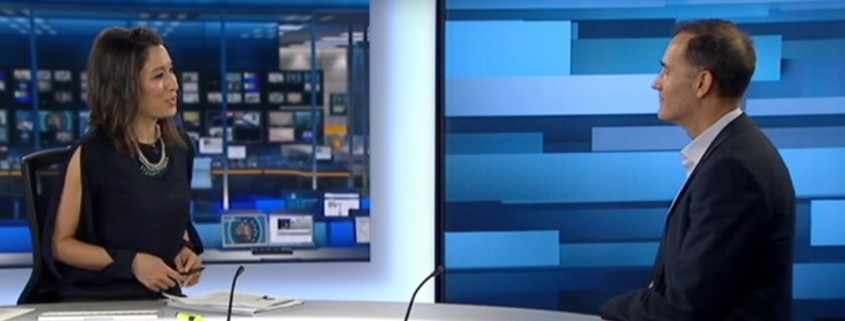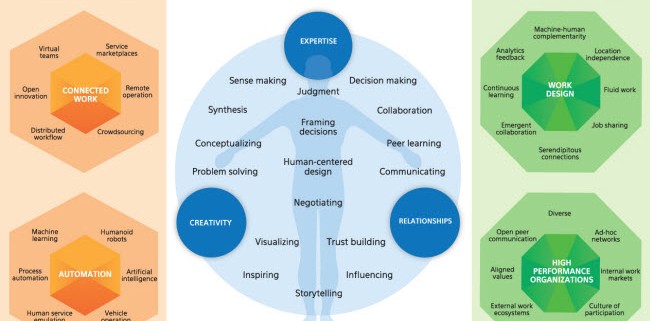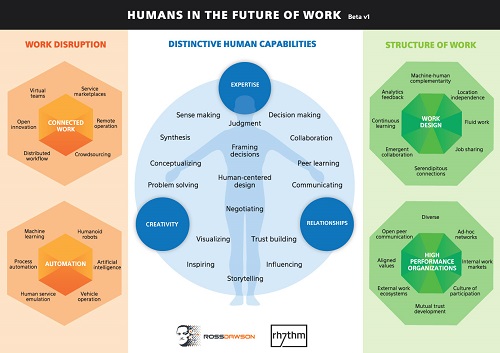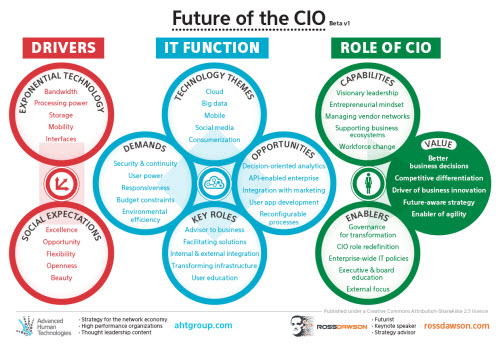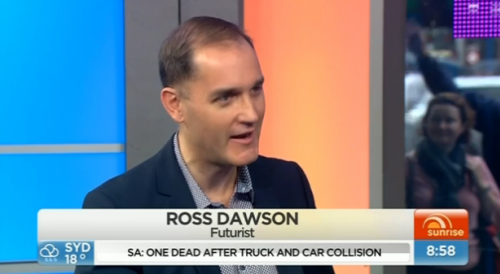Today’s Australian Financial Review featured a section Transformation Agenda, including an article based on an interview with me, Health and education sectors the next to feel online disruption.
After opening with a discussion of connected work and marketplaces such as Freelancer.com and Upwork, the article goes on:
According to business consultant and futurist, Ross Dawson it’s a trend gathering pace within professional services like business consultancy, marketing strategy, IT services, even engineering and law. “Knowledge work can now be done anywhere.” he says.
It appears that this is another emerging sector where Australia is leading the way.
Sydney-based firms Expert360 and Skillsapien support two of the leading digital marketplaces for professional services, both of which Dawson sees as signalling a transition to “virtual” organisations.
“What is the role of the organisation today?” he asks. “Do they need to have offices with people sitting together? Is that the best way to source the best ideas?”
With the emergence of massive online platforms connecting millions of people it would seem not.
The article goes on to draw on my comments to look at many of the examples of how connected work is disrupting health, including CrowdMed, Doctus.com.au, and Dr Sicknote, and then closes with my comments on the impact on education, from an Australian perspective.
In the case of education, the online learning genie is out of the bottle, Dawson notes, with Australian institutions well placed to capitalise on it.
MOOCs (massive open online courses) have been around for some time with a fair degree of competition. But new opportunities are appearing in areas like professional certification, for which Australian institutions are well regarded.
“Education is and will continue to be one of Australia’s greatest exports,” Dawson says, noting that Australia’s fondness for and skills in developing digital channels will breed further opportunities in this and other knowledge-driven sectors.
Work can be done anywhere. We have reached the point where professions of all kinds will be increasingly practised remotely. While we need to ensure that potential problems are minimized, we also need to acknowledge the massive social upsides. This shift is inevitable.


